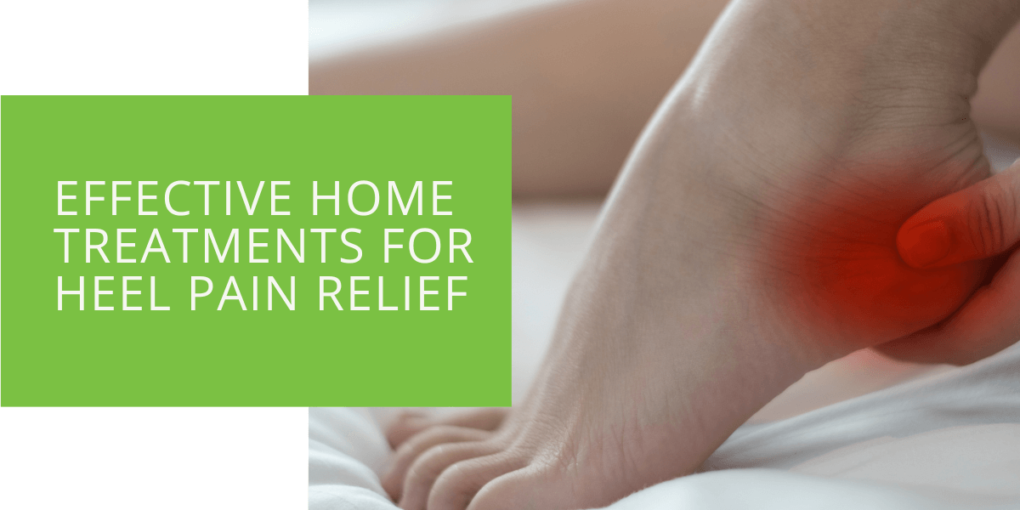Effective Home Treatments for Heel Pain Relief
Heel pain is a common problem caused by various factors such as plantar fasciitis, arthritis, or even something as simple as wearing shoes with poor arch support. While seeing a podiatrist is often the best course of action for severe or persistent heel pain, several home remedies can be effective in relieving discomfort and improving mobility.
Stretching Exercises
Stretching is an important part of any treatment plan for heel pain, as it can help to relax tight muscles and improve flexibility in the foot and ankle. One effective stretch for plantar fasciitis, which is a common cause of heel pain, involves using a rolled-up towel to stretch the plantar fascia, the connective tissue that runs along the bottom of your foot from your heel to your toes. To do this stretch:
- Sit in a chair with your affected foot resting on the rolled-up towel.
- Grasp the ends of the towel and gently pull it towards you, using your hands to massage the arch of your foot simultaneously.
- Hold the stretch for 30 seconds, then relax for 30 seconds before repeating the stretch 3-4 times.
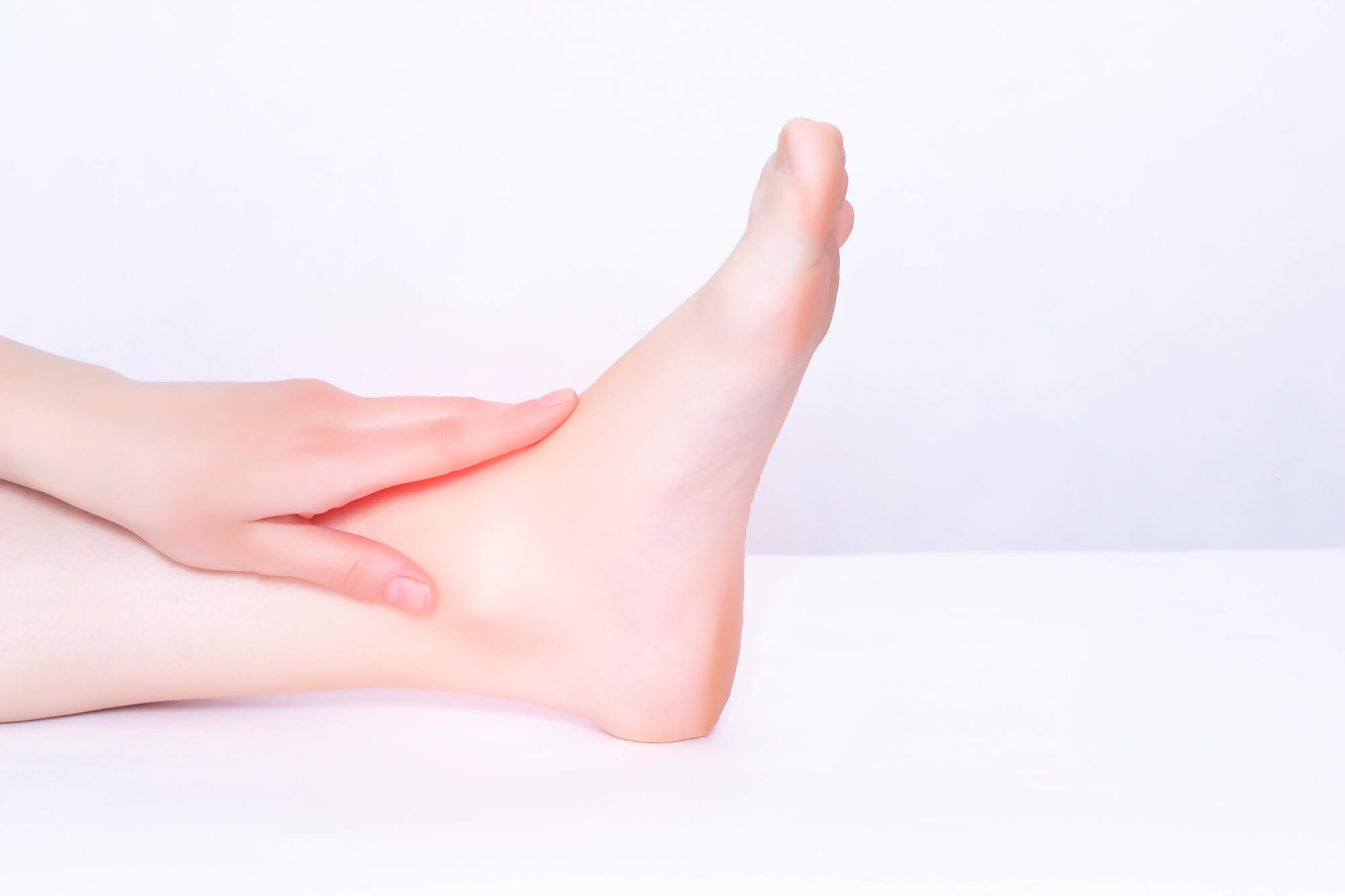
Other stretching exercises that can be helpful for heel pain include:
- Calf stretches: Stand facing a wall, with your hands resting on the wall at shoulder height. Step back with your affected foot and keep your heel on the ground while you lean forward, stretching your calf muscles. Hold the stretch for 30 seconds, then relax for 30 seconds before repeating.
- Tendon stretches: Stand with the affected foot behind you, keeping your heel on the ground and your toes pointed upwards. Lean forward slightly and hold the stretch for 30 seconds, then relax for 30 seconds before repeating.
Ice Therapy
- Applying ice to the heel can help to reduce inflammation and numb pain, making it a simple and effective home treatment option. To use ice therapy:
- Fill a plastic water bottle with water and freeze it.
- Roll your foot over the frozen water bottle, applying gentle pressure to help massage the bottom of your foot.
- Do this for 5-10 minutes at a time, several times a day.
You can also try placing an ice pack or a bag of frozen vegetables wrapped in a towel on the affected area for 10-15 minutes at a time. Just be sure to wrap the ice in a towel to avoid frostbite.
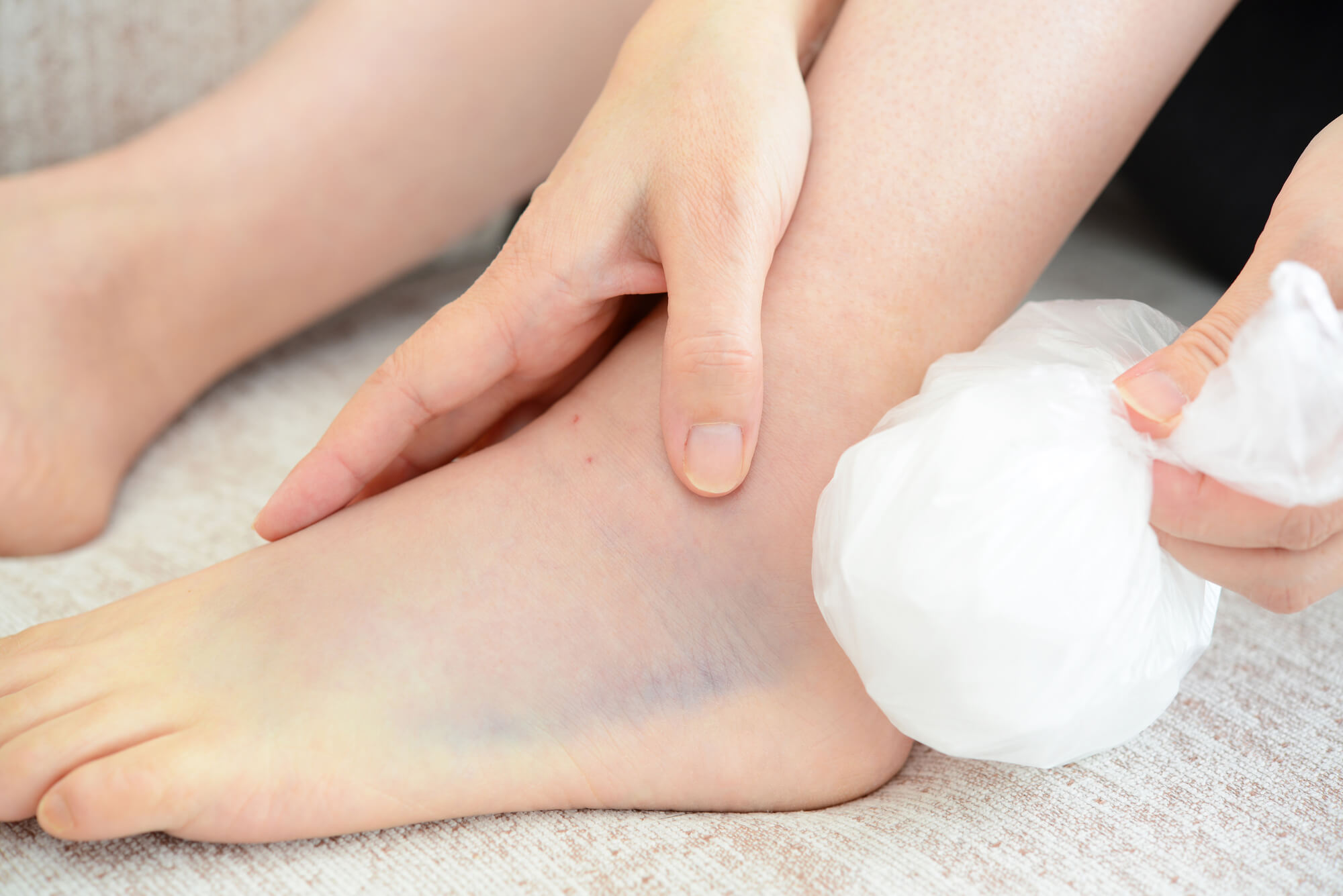
Massage Techniques
Massage can be a helpful home treatment for heel pain, as it can help to relax tight muscles and improve circulation. Some simple massage techniques you can try at home include:
- Plantar fascia massage: Use your thumbs to apply gentle pressure to the bottom of your foot, starting at the heel and working towards your toes.
- Arch massage: Place a tennis ball or golf ball under the arch of your foot and roll it back and forth, using the weight of your body to apply pressure.
- Calf massage: Use your fingers to apply gentle pressure to the muscles on the back of your lower leg, working your way up from your ankle to your knee.
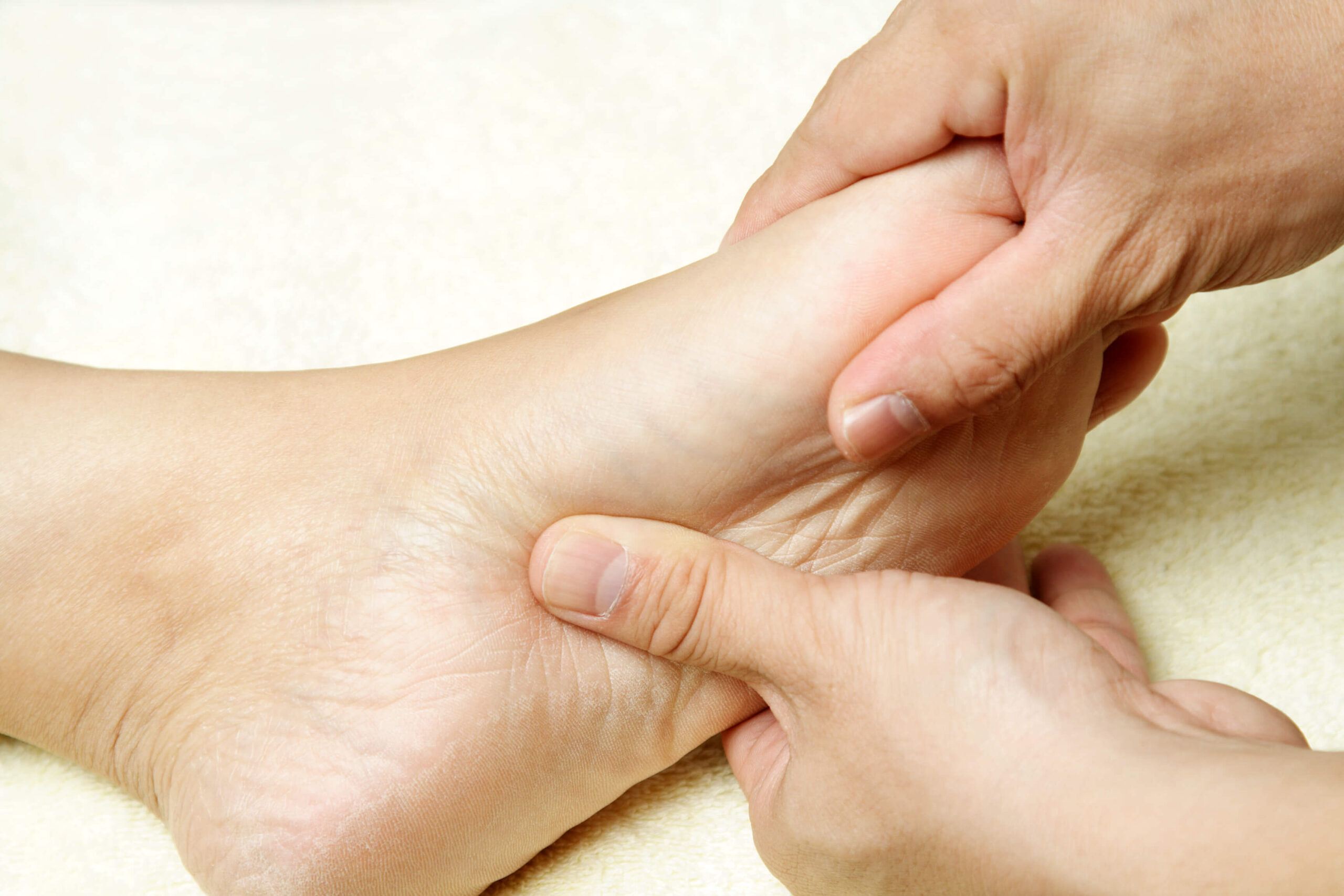
Soaking Your Feet
Soaking your feet can be a relaxing and effective home remedy for heel pain. The warm water can help to relax tight muscles and improve circulation, while the added Epsom salt can help to reduce inflammation. To try this treatment:
- Fill a small tub or foot basin with warm water and add 1-2 cups of Epsom salt.
- Soak your feet for 15-20 minutes, then pat them dry and apply a moisturizing cream.
You can add essential oils such as peppermint or lavender to the soak for relaxation and pain relief. Just be sure to avoid making the water too hot, as this can cause the skin on your feet to dry and irritated.
Soaking your feet is best used with other home remedies, such as stretching exercises, massage techniques, and over-the-counter pain relievers if needed. If your heel pain persists despite trying these remedies, it's important to see a podiatrist or other foot and ankle specialist for a proper diagnosis and targeted treatment. Soaking your feet should not be used as a substitute for medical treatment.
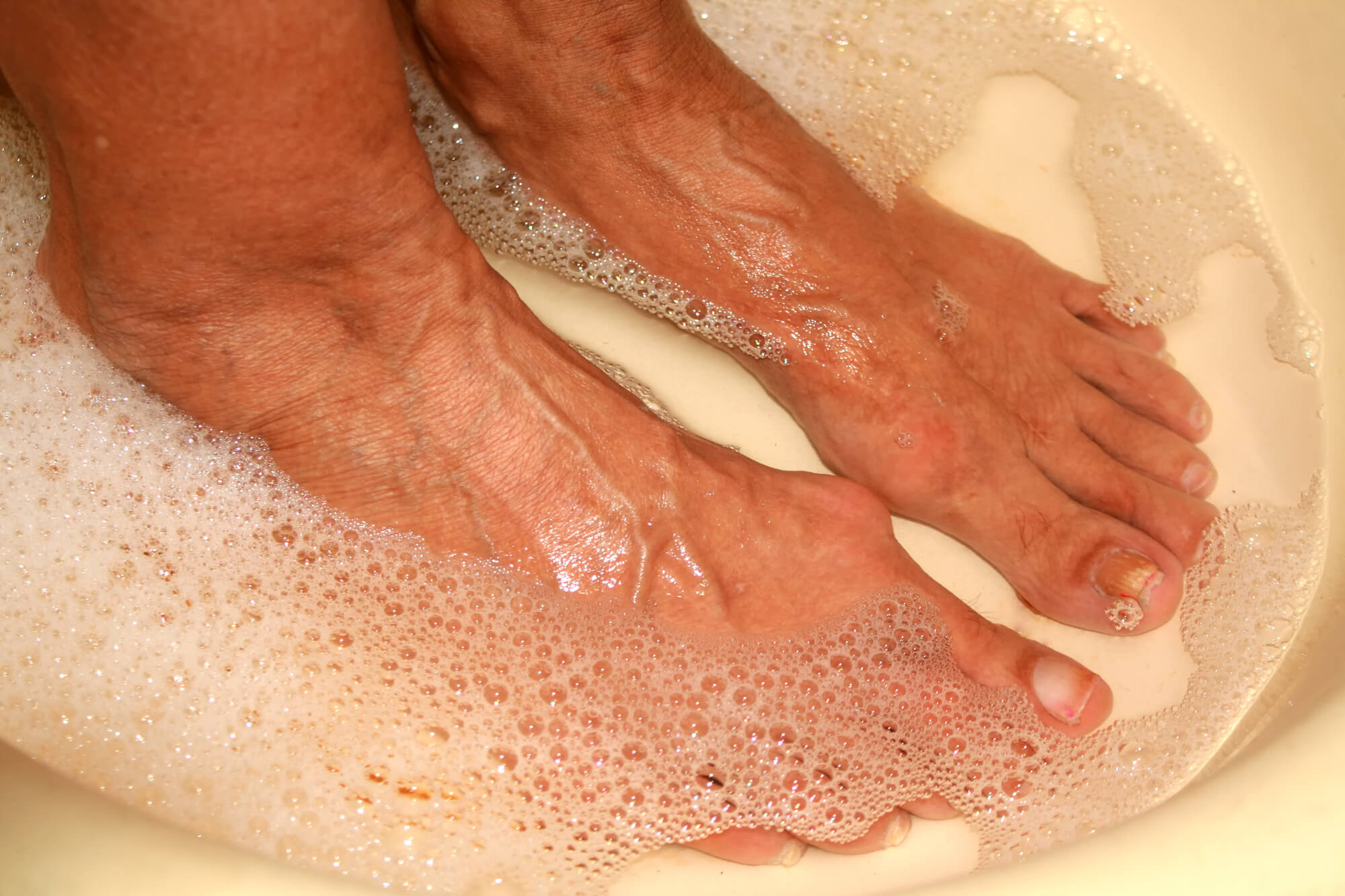
Over-the-Counter Pain Relievers
Over-the-counter pain relievers such as acetaminophen (Tylenol) or ibuprofen (Advil) can effectively relieve heel pain. Just follow the instructions on the package and never take more than the recommended dose.
Conclusion
While home remedies can be effective in relieving heel pain, it's important to remember that these treatments are best for mild to moderate discomfort. If your heel pain persists despite trying home remedies, it's important to see a podiatrist or other foot and ankle specialist. A podiatrist can help to diagnose the cause of your heel pain and recommend more targeted treatment options, such as orthotic inserts or a night splint to stretch the plantar fascia while you sleep.
In addition to seeking medical attention, there are a few other things you can do to prevent heel pain:
- Wear shoes with good arch support: This can help to distribute your weight evenly across the foot and reduce strain on the plantar fascia.
- Avoid walking or standing on hard surfaces for extended periods: This can place added stress on the heels. If you must stand for long periods, try to shift your weight from one foot to the other and take breaks to stretch your feet.
- Use shoe inserts: Shoe inserts, also known as orthotics, can help to provide extra arch support and cushioning for the heels.
By following these tips and seeking medical attention if needed, you can find relief from heel pain and get back to your normal activities.
FAQ
What is the fastest way to relieve heel pain at home?
Ice therapy is one of the fastest ways to relieve heel pain at home. Applying an ice pack or frozen water bottle to the affected area for 10-15 minutes can help reduce inflammation and numb pain. Stretching exercises and massage techniques can also be effective in relieving heel pain, although they may take longer to provide relief.
What is the best remedy for heel pain?
The best remedy for heel pain will depend on the specific cause of the pain. For example, stretching exercises and massage may be more effective for plantar fasciitis, while over-the-counter pain relievers may be more helpful for heel pain caused by arthritis. If your heel pain persists despite trying home remedies, you must see a podiatrist or other foot and ankle specialist for a proper diagnosis and targeted treatment.
Is ice or heat better for heel pain?
When comparing ice or heat for heel pain, ice is generally considered more effective for relieving heel pain, as it can help to reduce inflammation and numb pain. Heat, on the other hand, can increase inflammation and worsen the pain. However, heat therapy may be a better option if you have poor circulation or numbness in your feet.

